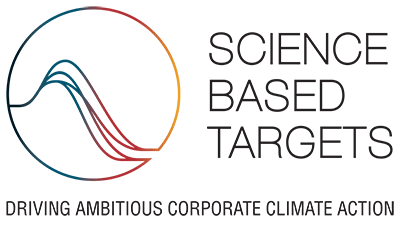FAQ
Frequently asked questions on financed emissions
What are financed emissions?
Financed emissions are the greenhouse gas emissions that are financed by a financial institution. They cover carbon emissions and other greenhouse gases related to financial services and activities and are allocated within Scope 3 emissions. To be precise, they are indicated as scope 3.15.
How can financed emissions be calculated?
There are different ways to calculate the financed emissions of your portfolio, also called CO2 emission intensity. According to PCAF, the ratio between the investment made by the financial institution in a company and the value of the company should be used.
What scope do financed emissions fall under?
So-called financed emissions for financial institutions fall under Scope 3 emissions. The details of this were published in the GHG Protocol, category 15, which deals exclusively with investments.
How do you set science-based targets?
The SBTi provides an insightful framework for financial institutions on how targets shall be set. Besides the Scope 1 emissions as well as scope 2 emissions, which arise from their business activities, SBTi focuses on the financed emissions of a financial institution. Targets are generally calculated by taking an institution’s baseline financed emissions and reducing them over time following global decarbonization pathways.
How is PCAF different from other climate finance initiatives?
PCAF complements other climate finance initiatives by addressing topics which were not resolved with these, such as:
- Task Force on Climate-related Financial Disclosures (TCFD): providing a framework for financial institutions to disclose GHG Emissions, which is a recommendation of the TCFD
- UN Principles on Responsible Investing and Banking (PRI and PRB): PCAF is fully aligned with PRI and PRB and helps to fulfill their principles.
- Paris Agreement Capital Transition Assessment (PACTA): PCAF provides a broader range of asset classes that are not part of PACTA.
Science Based Targets initiative (SBTi): PCAF helps set the baseline for science-based targets by having developed methods to assess a portfolio’s emissions.
How much does it cost to join PCAF or to report under the PCAF standard?
PCAF demands an annual fee from its participants, which is used to support its operations. In order to have access to the web-based emission factor database and the methodologies, being a signatory is required. PCAF aims to promote inclusive growth and is open to financial institutions of all sizes and regions. Therefore, the signatory fee is determined based on the size of the institution, making it possible for smaller financial institutions to join with lower fees or cost-free.





